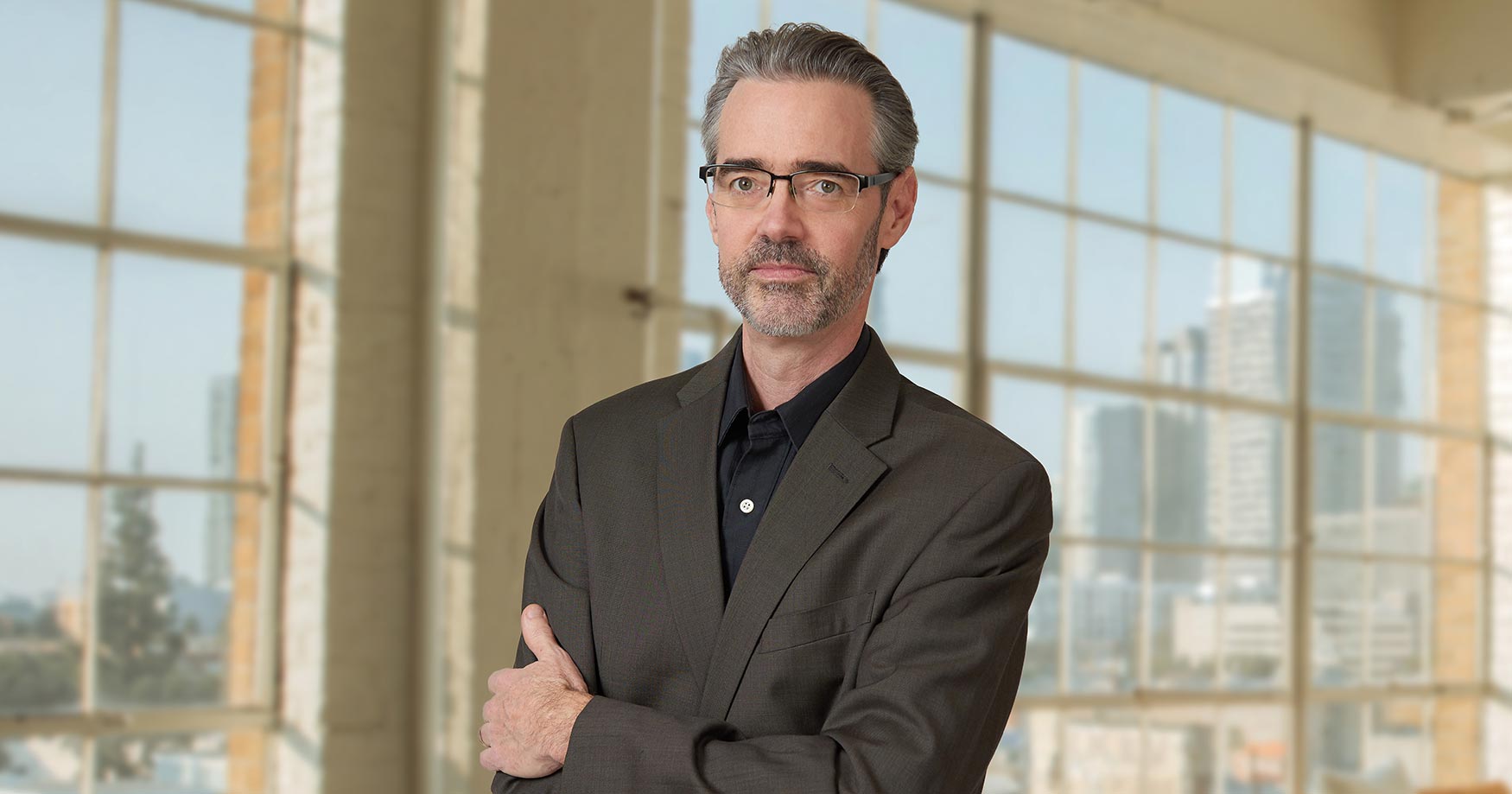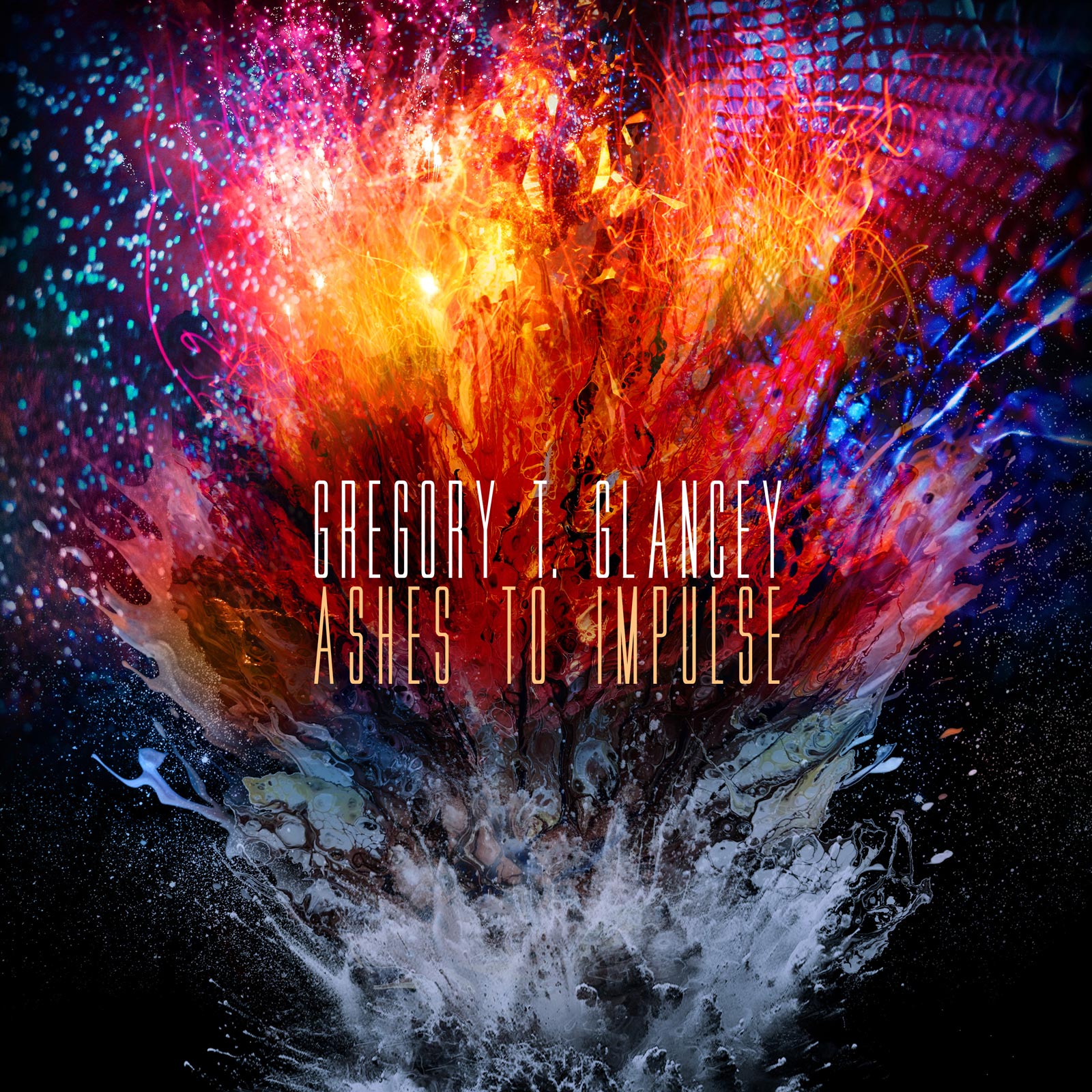
ASHES TO IMPULSE is an extroverted, highly expressive album of redemption and realization, where harmonies become metaphors and dissonance transforms into catharsis. Conceived by Berklee music professor Gregory T. Glancey, these compositions delve into the core of human struggle, mirroring the very process of creation – a journey from the ashes of doubt to the ignition of artistic impulse.
Today, Greg is our featured artist on “The Inside Story,” a blog series exploring the inner workings and personalities and performers. Read on to learn about his passion for building and design, and the performance that led him to pursue composition…
What were your first musical experiences?
My passion for music was sparked by my parent’s Dumont console record player. I was fascinated by the rich, multidimensional sound coming off those warm, wonderful tubes. I explored my parent’s collection of old-time country, swing, traditional polka music (yup!) and all those Sun Records legends before I began to acquire my own albums. The Beatles were the first to absolutely rock my world; their records were extraordinary discoveries for me. I was mesmerized by the tunes, vocal harmonies, unique formal designs and lyrics, which motivated me to wrestle with a thrift store guitar to figure it all out. Learning tunes ultimately led to making noise with other music geeks. In high school I began secretly cutting my musical teeth with a couple fellow classmates in the basements of some very patient parents. I was pretty much a ghost throughout high school, but I saved the tail end of senior year to unveil my guitar skills to the world at the spring talent show. The auditorium erupted when we kicked out our 80s covers, and while basking in that ephemeral moment of fame, I knew I wanted to continue making music for the rest of my life.
What have been your biggest inspirations on your musical journey?
My insatiable desire to make music was fostered at the University of Wisconsin-Waukesha. I stumbled upon a diamond in the rough and the perfect place for an aimless music lover like myself. I am indebted to professors Andrea Matthias (chair) and Donald Stimpert (choir director) for their incredible musicianship, infectious passion, genuine encouragement, and meticulous attention to detail; and for turning me on to the wonderful music of the common practice period. Dr. Stimpert showed me how to be expressive and nuanced, how to transcend my rigid, rock ‘n’ roll articulations. He showed me how to truly listen. Dr. Matthias taught music theory and piano with precision and efficiency. She was stern and direct, and established a threshing floor environment that separated the wheat from the chaff. I emerged from that community-college with a rock-solid foundation and better prepared than the cohort at the University of Wisconsin-Madison where I matriculated. It was through Dr. Matthias that I saw the goal of one day becoming a college music theory professor, and with her influence I set my mind to do whatever it took to manifest that vision. A shout out to all my composition professors at Madison and Stony Brook University for helping me get there.
Tell us about your first performance.
I spent a good chunk of my teenage years writing and performing original progressive rock tunes with various bands. Early on in college, I had numerous music theory assignments performed in class presentations and a few recitals. However, none of this compared to my first “real” performance at the University of Wisconsin-Madison. I wrote a string quartet for a composition course assignment and was persuaded to expand it for a local composition contest. As it turned out, I won first prize in that contest which included a premiere by professional musicians at a legit new music concert. There was a real audience at this event and a buzzing atmosphere! I distinctly remember my heart beating out of my chest with anticipation, also my nerves making me nauseous. The players lit up the music beyond my expectations and the applause and support afterwards was a wave of encouragement I had never encountered before. It was a true mountaintop experience. This was the very moment I decided to switch my focus from guitar performance to composition, which caused me to hang around Madison a “fifth” year to finish all the degree requirements. Not a bad place to be stranded.
If you weren’t a musician, what would you be doing?
Designing and building stuff. Long before I stumbled into that wonderful community-college music program to formally study music and the art of building with sound, I learned how to build with wood and stone from my carpenter father and mason uncle. During my teenage years I spent countless hours on job sites absorbing skills and learning the intricacies of making a structure from bottom to top. Eventually I began a career in the trades as a laborer, then as a carpenter apprentice and worked for a few years with the hopes of one day transitioning to construction design and management. I would most certainly be doing this today if not for that first-semester music theory elective with Dr. Andrea Matthias.
What are your other passions besides music?
Designing and building stuff. I still enjoy swinging a hammer and working with my hands. Upgrading and fixing things around the home puts me into a state of flow which I find exhilarating and stress relieving. I believe that the body is made to do physical work which is a great counterbalance to the mostly sedentary existence of a college composition professor. I can also be engrossed in the more intricate and delicate work of designing and building electric guitar pedals. I’m a true amateur at this, but I could see it becoming more than a hobby the day I have copious amounts of free time. Cooking is another fun and rewarding adventure for me. I relish the challenge of imagining what certain ingredients and spices will yield through various combinations and cooking techniques. Not everything turns out as expected, but my kids sure find my experiments satiating. I also have a passion for learning about theology, culture and mind-body health and wellness. I try to read on these topics every day and/or listen to podcasts while exercising, working around the home or grading music theory assignments.
Where and when are you at your most creative?
For me there is but a brief and fleeting period of extreme focus and creativity during the early hours of the morning. When I’m working on a composition my imagination begins to flourish between 3:00 to 4:00 a.m. before I get out of bed. I can vividly and clearly hear instrument combinations, textures, gestures, and how it all should flow organically and untethered. I tend to jump out of bed hoping to capture some of it before it all floats away like butterflies. After that critically important first cup of coffee my creative engine will roar for a good 3–4 hours until the rest of the household emerges from their cocoons and I am consumed by the necessary and rewarding tasks of providing for my family.

Glancey’s music embodies a unique blend of traditional and progressive musical elements, and expresses a fervent harmonic language, coloristic textures, and intricate formal designs. A background in and affinity for all popular styles and film music infuse his writing with sonic freshness and rhythmic energy. His music has been programmed throughout the United States and Europe, as well as featured in a number of independent films.

